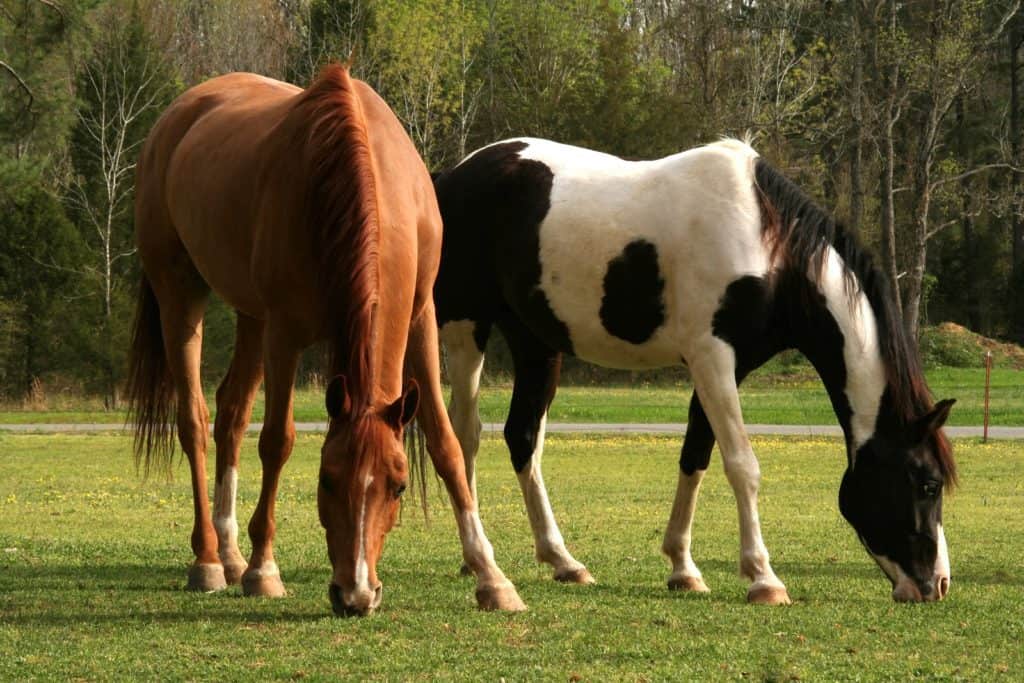
Managing Chronic Laminitis
Horses with chronic laminitis should be closely monitored during treatment and recovery. Here’s what to consider.
Laminitis (commonly called “founder”) affects an estimated 7-14% of the world’s equine population. It’s the inflammation of the tiny, interwoven lamellae that attach a horse’s hoof to the underlying coffin bone (third phalanx, or P3) and support the horse’s entire body weight. Anything that impacts the integrity of the lamellae, such as inflammation, weakens their hold. This causes the coffin bone to displace within the hoof capsule and move toward the ground. The condition is very painful and is often life-threatening to horses.
The same disease has several different causes, which include:

Horses with chronic laminitis should be closely monitored during treatment and recovery. Here’s what to consider.

Confinement is difficult but often necessary for healing. Learn how to keep horses healthy while on stall rest.

Overconditioning, grazing during sunlight hours, and frozen footing could potentially trigger laminitic episodes.

Spring grass might be delicious for horses, but it can cause problems including laminitis and fescue toxicity.

Chronically laminitic mares developed potentially detrimental changes in uterine blood flow during pregnancy.
Research topics include EHV-1 latency, foal pneumonia, training and surface factors in preventing injury, and more.

While hoof boots aren’t a permanent solution for chronic laminitis, they can provide customized support and pain relief.

Veterinarians share their experiences in delivering pain management and discuss the pros and cons of various drugs.

Vets can use SAA levels to differentiate between systemic inflammation and noninflammatory diseases in horses.

Radiographing deep hoof wall layers, where laminitic changes occur first, could be helpful in early clinical assessment.

Readers learned about a variety of topics from sweat marks under saddles and laminitis to beet pulp and hoof cracks.

As a result, one vet said efforts to prevent laminitis of common origins could reduce the disease’s impact more.

Beginning treatment during the acute phase helps give the horse the best chance of recovery. Here’s what to know.
The AAEP Foundation is accepting pre-proposals for research projects on supporting limb laminitis until Jan. 15, 2016.

Addressing the anatomy, conformation, and biomechanical principles of the equine foot.

Owner-managed weight loss in horses with EMS reduced both insulin resistance and susceptibility to laminitis.
Stay on top of the most recent Horse Health news with
"*" indicates required fields